The Battle of Britain is regarded as a significant event in the history of World War II. It was a pivotal moment in the war when the Royal Air Force (RAF) of Britain fought against the German Luftwaffe in a series of air battles over the skies of the United Kingdom. The outcome of this battle would determine whether Britain would be invaded by Germany or whether it would be able to withstand the might of the Nazi war machine.
What is the Battle of Britain?
The Battle of Britain was a military campaign fought between the German Luftwaffe and the British Royal Air Force (RAF) from July to October 1940. The battle was fought in the skies over southern England and the English Channel. It was a key battle of the Second World War and is often considered to be one of the most significant air battles in history.
Why was it called the Battle of Britain?
The Battle of Britain was named after a speech given by the British Prime Minister, Winston Churchill, on 18 June 1940. In this speech, Churchill declared that the Battle of France was over and that the Battle of Britain was about to begin. The name stuck, and it became the official name for the air campaign fought over Britain during the summer and autumn of 1940.
Battle of Britain Day: Marks The Biggest Aerial Attack of the 15th September 1940
The biggest aerial attack was launched on the 15th of September 1940 against Britain, a raid that lasted all day till dusk and involved 1500 enemy combat aircraft from the German Luftwaffe. The battle was the climax of the Battle of Britain, German Luftwaffe against the Royal Air Force of Fight Fighter Command, the stakes could not be higher, Churchill’s speech on the 20th of August a month earlier could not be truer which polarised the phrase ‘the few’;
Keith Park, ‘Skipper’ RAF
Keith Park, also known as “Skipper,” was a New Zealander who served as the Air Officer Commanding the RAF’s No. 11 Group during the Battle of Britain. Park was a skilled and innovative commander who played a crucial role in the victory of the RAF in the battle. He was responsible for the defense of the southeast of England, which was the main target of the German Luftwaffe during the battle.
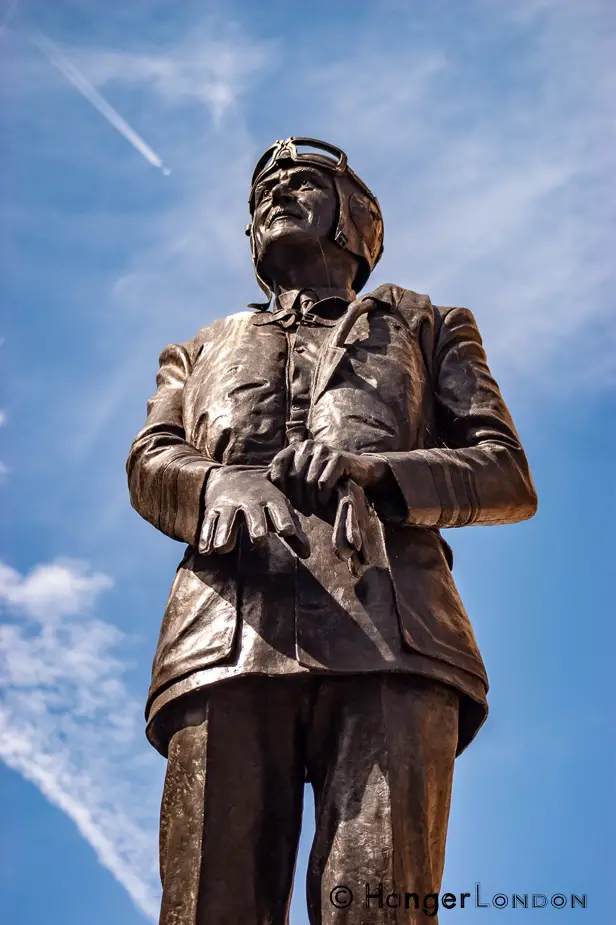
Defender of London ‘Skipper’
Park was a pioneer in the use of radar technology, which allowed him to track and intercept incoming German aircraft. He also implemented a new system of controlling and coordinating the fighter planes under his command, known as the “Big Wing” tactic, which involved sending large formations of fighters to intercept German bombers. This tactic proved to be effective in defeating the Luftwaffe and preventing them from achieving air superiority over Britain. Park’s leadership and tactical innovations were instrumental in the RAF’s success during the Battle of Britain, and he is widely regarded as one of the key figures of the battle.
The Emblem of RAF Fighter Command
The Emblem for RAF Fighter Command is an iconic symbol of British military history, representing the courage and valor of the pilots who fought in the Battle of Britain during World War II. The emblem depicts an eagle with wings outstretched, holding a thunderbolt in its talons. This powerful symbol has been immortalized in the Battle of Britain monument by Paul Day, located on the Embankment in London.
The monument, unveiled in 2005, is a striking tribute to the men and women who fought for freedom and democracy during one of the darkest periods of the 20th century. The monument features a bronze relief depicting scenes from the Battle of Britain, including pilots scrambling to their planes and dogfights in the skies over southern England.
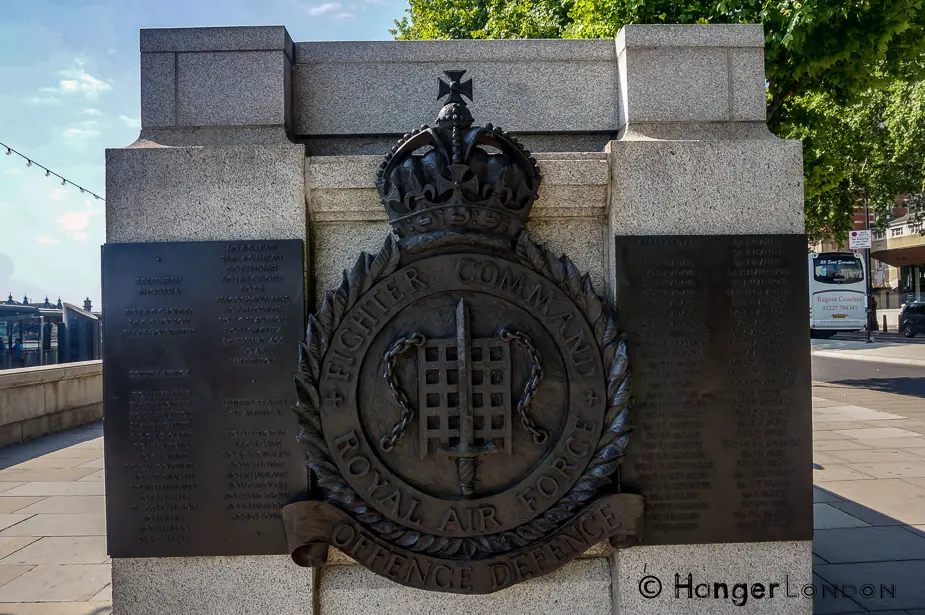
The central focus of the monument is a bronze statue of a pilot, looking out over the Thames River. His gaze is directed towards the sky, perhaps in contemplation of the sacrifices made by his fellow pilots during the battle. The statue is flanked by two stone columns, each bearing the emblem of the RAF Fighter Command.
The monument is a fitting tribute to the bravery and sacrifice of the pilots who fought in the Battle of Britain, and a reminder of the importance of defending freedom and democracy in the face of tyranny and oppression. It stands as a testament to the enduring spirit of the British people, and a symbol of hope and inspiration for generations to come.
Battle Britain Memorial Map – How to get there
Battle Of Britain Monument, Embankment: Artist Paul Day
The Battle of Britain Monument at Embankment is a stunning tribute to the brave pilots who fought in the Battle of Britain during World War II. Created by the renowned artist Paul Day, this monument was unveiled on 18 September 2005 and has since become a symbol of British resilience and determination in the face of adversity.
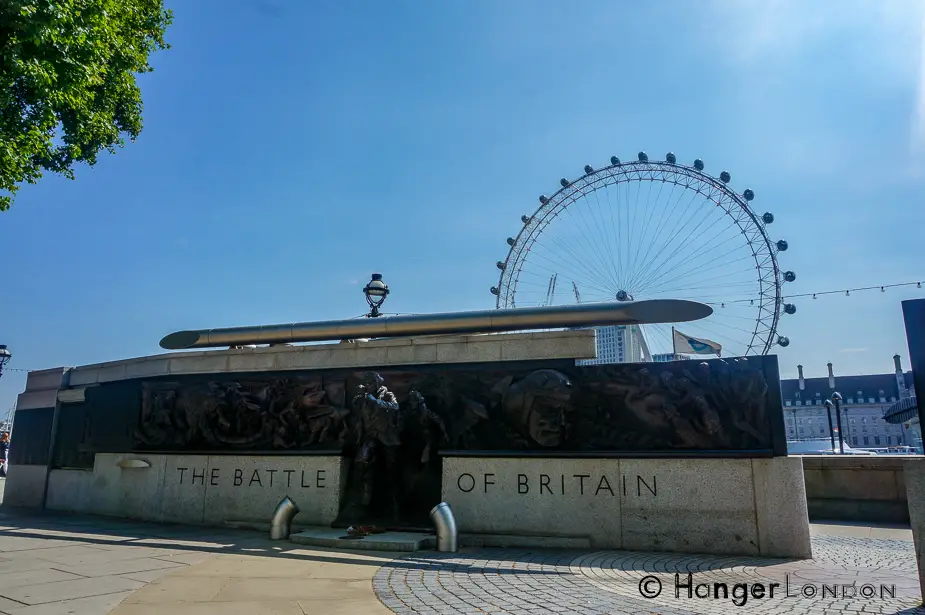
Located on Victoria Embankment in London, the monument is a breathtaking sight to behold. It features a bronze relief sculpture depicting scenes from the Battle of Britain, including aircraft in flight, pilots scrambling to their planes, and fierce dogfights in the skies above England. The centerpiece of the monument is a bronze statue of a pilot, standing over seven feet tall and gazing out over the River Thames.
- The Public and the Blitz
- Ground Spotters
- Women working in the Munition Factories
- Aircrews
- Air maintenance crews
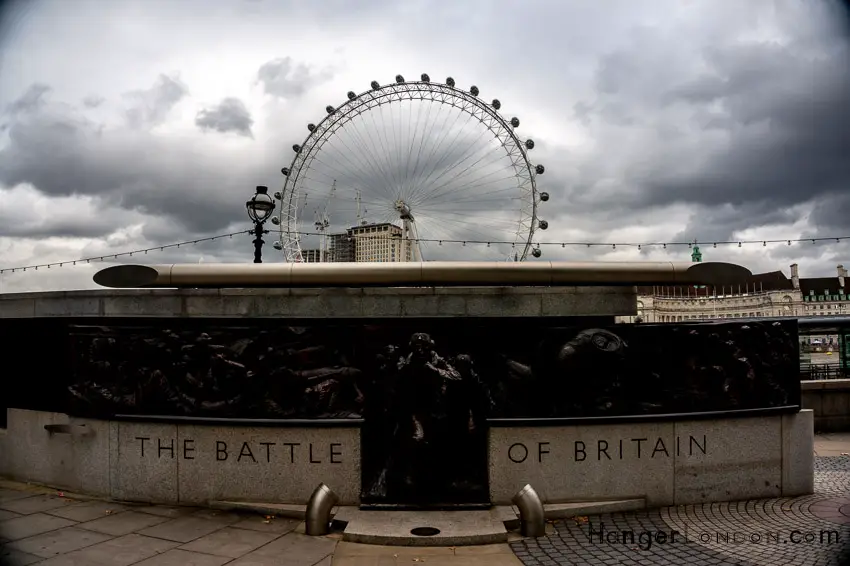
The monument is flanked by two stone columns, each bearing the emblem of the RAF Fighter Command. The columns are inscribed with the names of the 2,936 men who flew and fought during the Battle of Britain, as well as those who supported them on the ground.
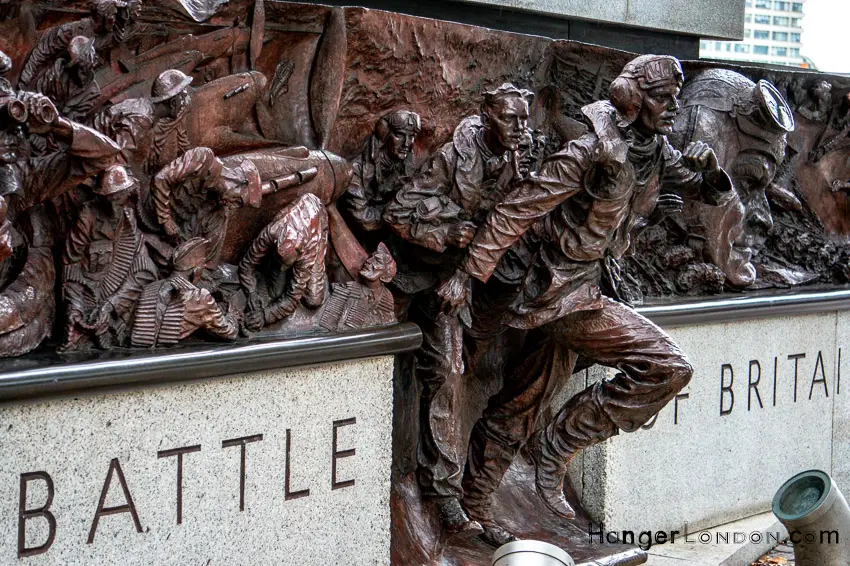
Since its unveiling, the Battle of Britain Monument has become a popular tourist attraction and a place of pilgrimage for those who wish to pay their respects to the brave men who fought and died for their country. It is a testament to the courage and determination of those who fought in the Battle of Britain, and a reminder of the sacrifices made in defense of freedom and democracy.
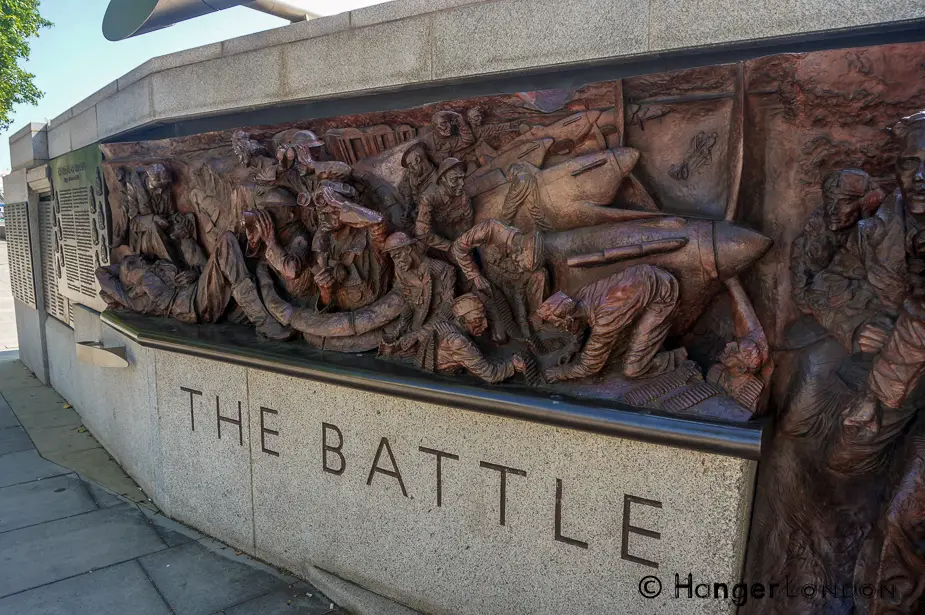
In short, the Battle of Britain Monument at Embankment is a stunning work of art and a powerful symbol of British history and identity. It stands as a tribute to the bravery and sacrifice of those who fought in the Battle of Britain and as a source of inspiration for future generations.
Fighter Command Squadrons
There were several types of fighter aircraft involved in the Battle of Britain. The most famous and widely used by the RAF were the Supermarine Spitfire and the Hawker Hurricane. Other types of aircraft used by the RAF during the Battle of Britain include the Bristol Blenheim, the Boulton Paul Defiant, and the Westland Whirlwind. The German Luftwaffe also used a variety of aircraft during the Battle of Britain, including the Messerschmitt Bf 109 and the Junkers Ju 87 Stuka dive bomber.
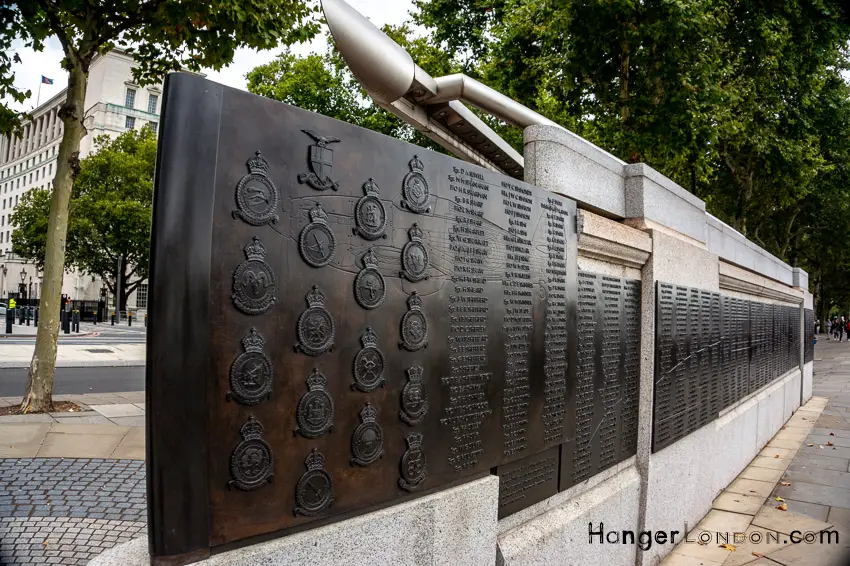
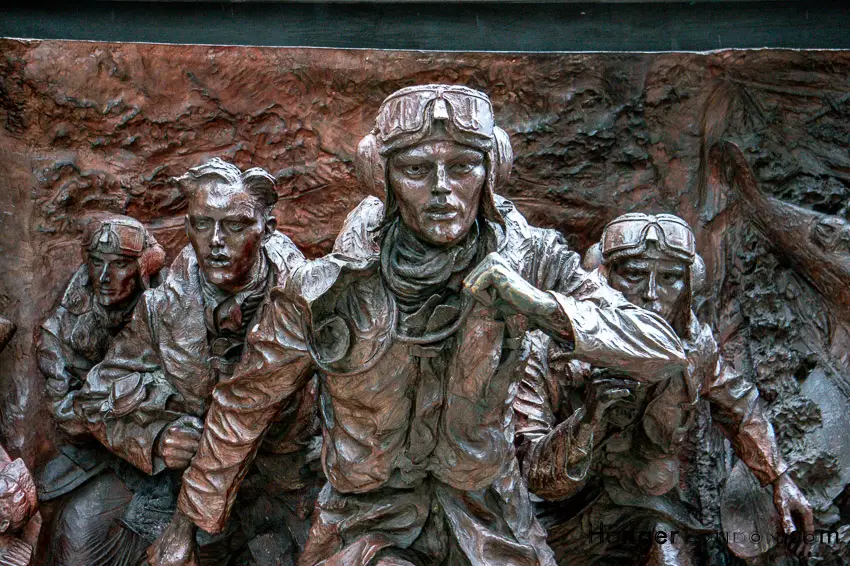
St Paul’s Powerful Symbol of London’s Resilience in the Face of Adversity
During the Battle of Britain, St Paul’s Cathedral in London played a significant role as a symbol of British resistance and resilience. The cathedral stood as a powerful reminder of the strength and determination of the British people in the face of the German bombing campaign.
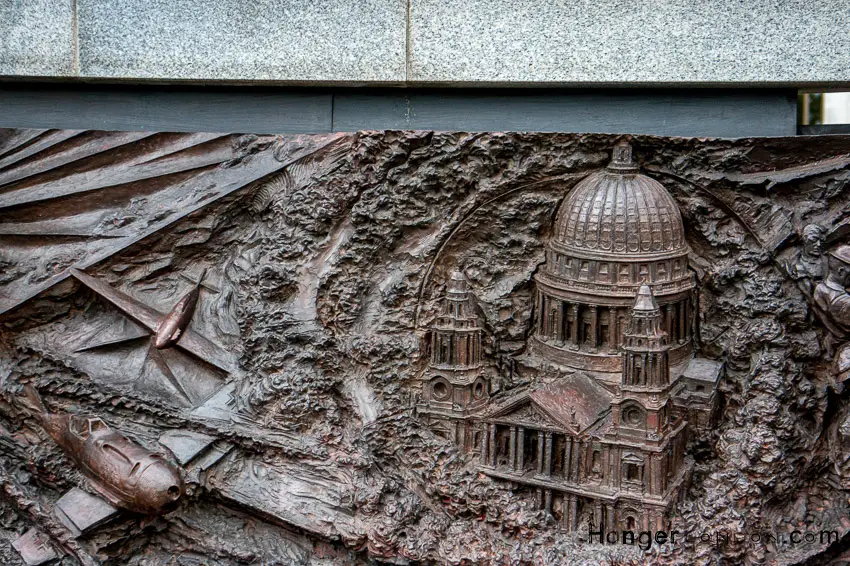
St Paul’s Cathedral was targeted by German bombers during the Blitz, a sustained bombing campaign against British cities that began in September 1940. Despite being hit by several bombs, the cathedral survived the attacks largely intact, thanks in part to the bravery of the firefighters who risked their lives to put out the fires.
St Paul’s Cathedral Map – How to get there
The image of St Paul’s Cathedral standing tall amidst the smoke and flames of the Blitz became a powerful symbol of hope and resilience for the British people. It was a symbol of the nation’s defiance in the face of Nazi aggression and a testament to the courage of the men and women who fought to defend Britain during the Battle of Britain.
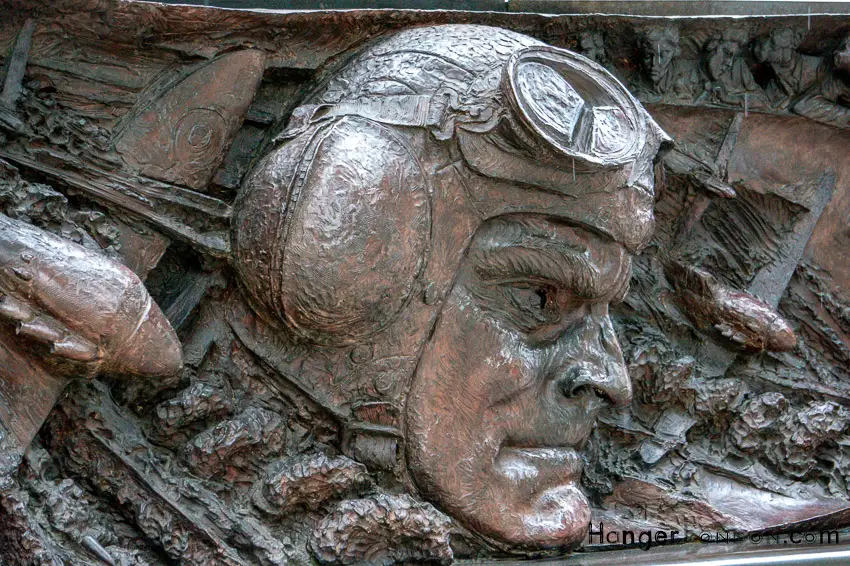
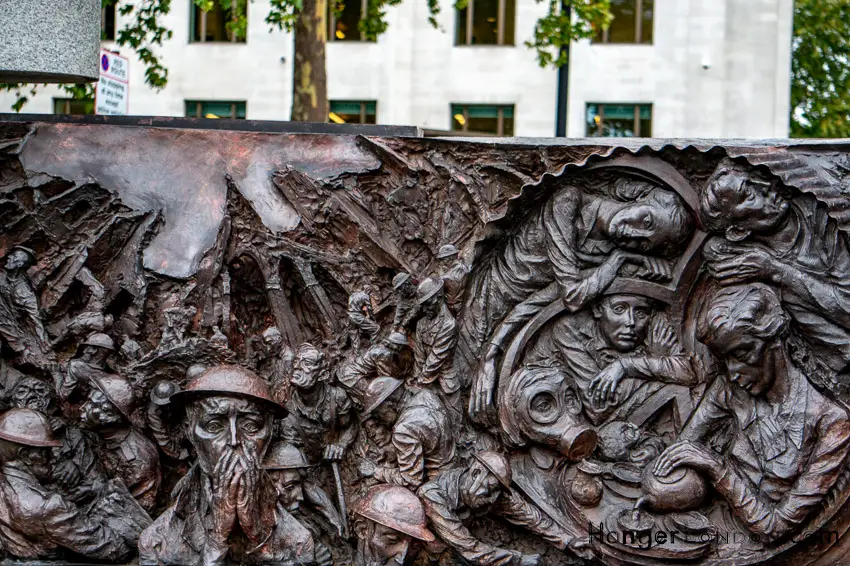
Royal Airforce Memorial on the Embankment
The Royal Air Force Memorial, also known as the Eagle Memorial, is a striking monument located on the Embankment in London, overlooking the Thames. The memorial is dedicated to the men and women of the Royal Air Force who lost their lives in service during World War I and World War II.
The centerpiece of the memorial is a large bronze eagle with its wings outstretched, perched atop a tall pillar. The eagle is a symbol of the RAF’s strength, courage, and freedom. The pillar is flanked by two smaller pillars, each with a bronze figure of an airman in full flying gear, one representing World War I and the other World War II.
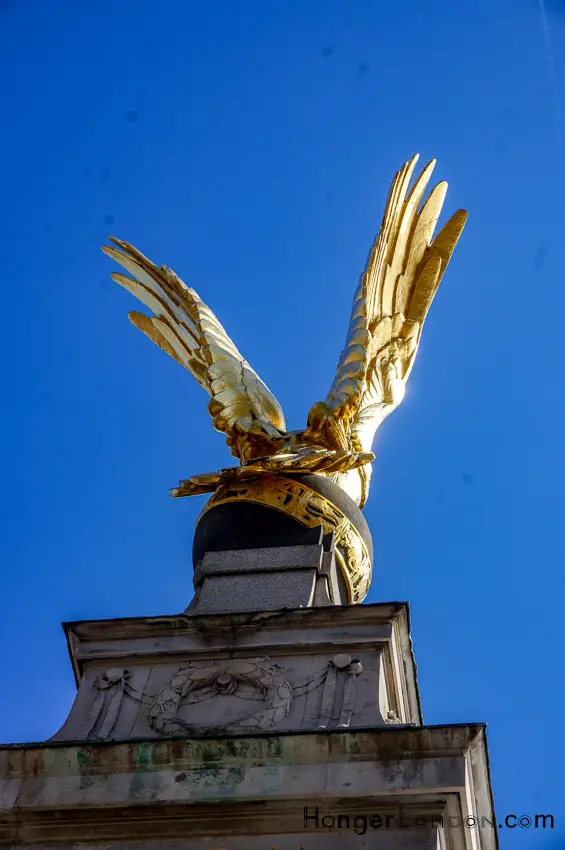
The monument is a beautiful and poignant reminder of the sacrifices made by the RAF during two of the deadliest conflicts in human history.
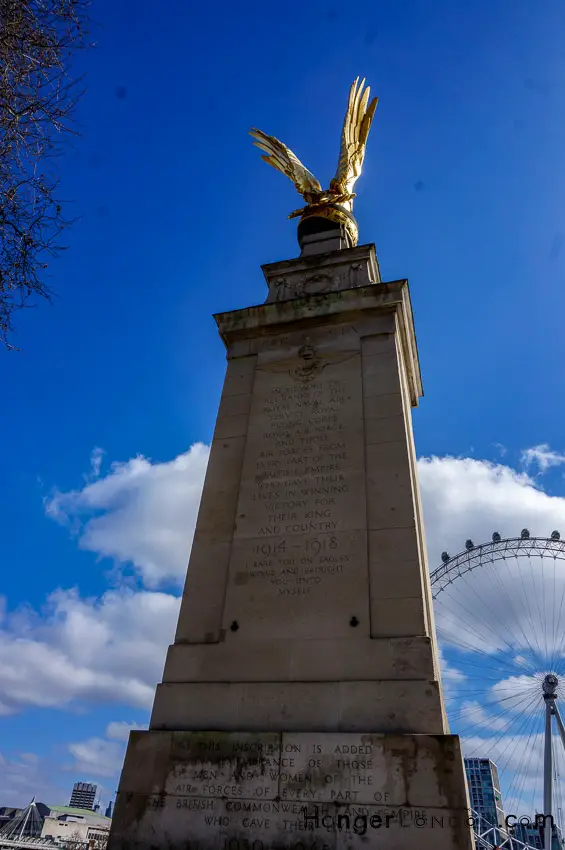
Visitors to the RAF Memorial can take a moment to reflect on the bravery and dedication of the men and women of the Royal Air Force who gave their lives to protect their country and defend its freedom. It is a solemn and powerful reminder of the high price that has been paid for the freedoms we enjoy today.
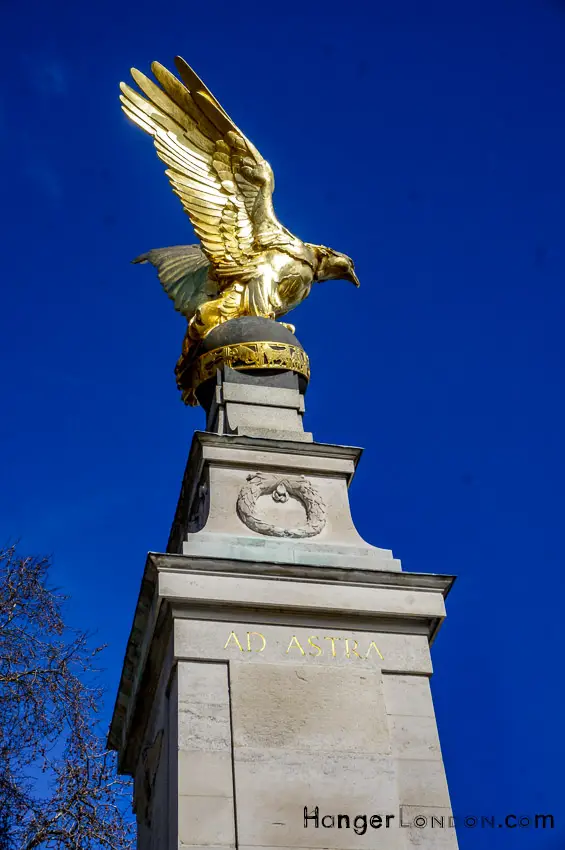
Royal Air Force Memorial Embankment Map – How to get there
Central Church of the Royal Airforce St Clement Danes
The Central Church of the Royal Air Force, St. Clement Danes, is a beautiful and historic church located in the heart of London. Originally built in the 9th century, the church has a rich history and has been rebuilt and restored numerous times over the centuries.
The church was largely destroyed during the Blitz of 1940 but was rebuilt after the war as a tribute to the Royal Air Force and the men and women who served in its ranks. The church is now considered the spiritual home of the RAF and is a popular destination for members of the armed forces and visitors to London alike
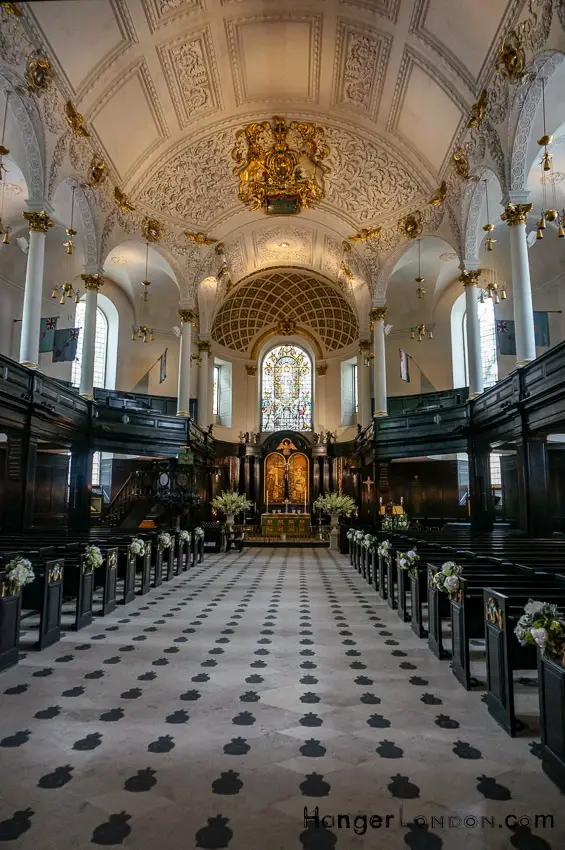
One of the most striking features of St. Clement Danes is the statue of the RAF eagle perched on top of the church’s tower. The eagle serves as a symbol of the strength, courage, and freedom of the RAF and its personnel.
Inside the church, visitors can see a number of beautiful stained-glass windows and memorials dedicated to the RAF and its members. The church also hosts a number of special events throughout the year, including remembrance services and concerts.
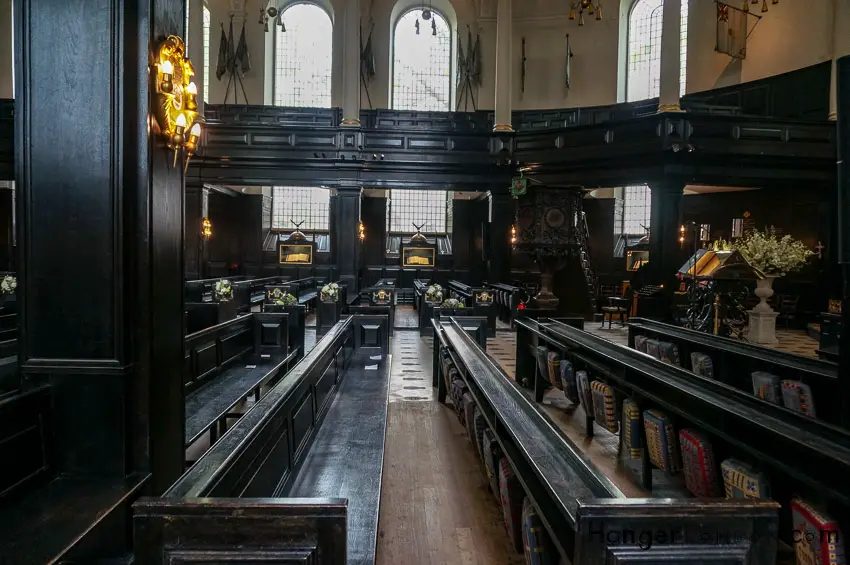
For those interested in the history of the Royal Air Force and its role in shaping the course of world events, a visit to St. Clement Danes is a must. The church stands as a testament to the bravery and sacrifice of the men and women who served in the RAF and is a powerful reminder of the importance of their legacy.
Central Church of the Royal Air Force: St. Clement Danes Church Map – How to get there
Fleet Air Arm Memorial
The Fleet Air Arm Memorial, located on the Embankment in London, is a poignant and fitting tribute to the bravery and sacrifice of the men and women who served in the Fleet Air Arm during World War II. The memorial takes the form of a bronze statue of a Fleet Air Arm pilot in full flying gear, gazing out over the River Thames.
The Fleet Air Arm was a vital part of the Royal Navy during the war and played a key role in many important operations, including the Battle of the Atlantic and the Normandy landings. The pilots and crew of the Fleet Air Arm flew in difficult and dangerous conditions, often facing fierce enemy opposition and putting themselves in harm’s way to protect their fellow sailors and soldiers.
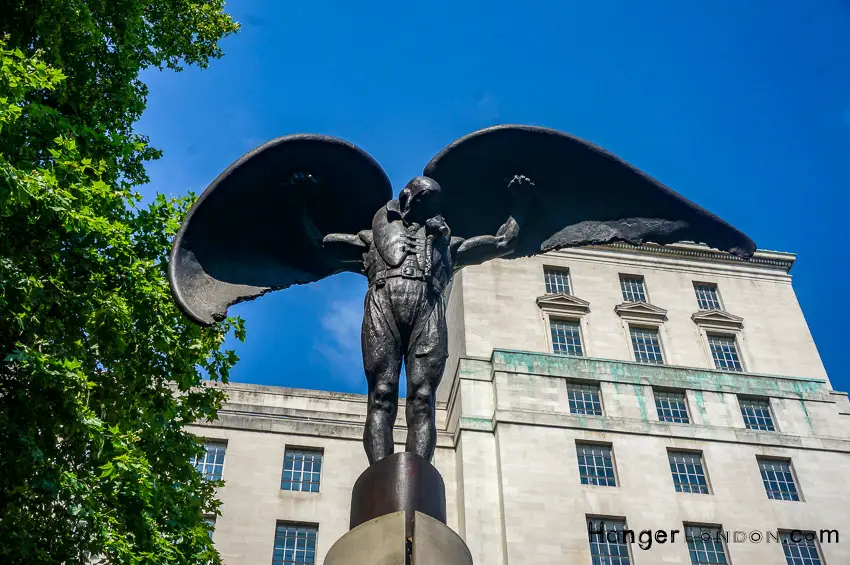
The Fleet Air Arm Memorial serves as a reminder of the bravery and sacrifice of these remarkable men and women and stands as a testament to the enduring legacy of their service. The statue of the Fleet Air Arm pilot is a powerful symbol of the courage and determination that characterized the Fleet Air Arm during the war and serves as an inspiration to future generations.
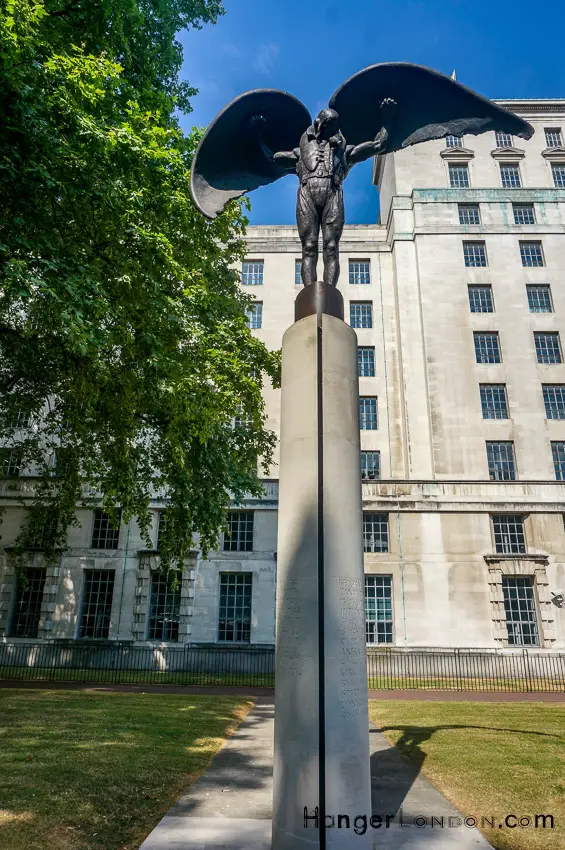
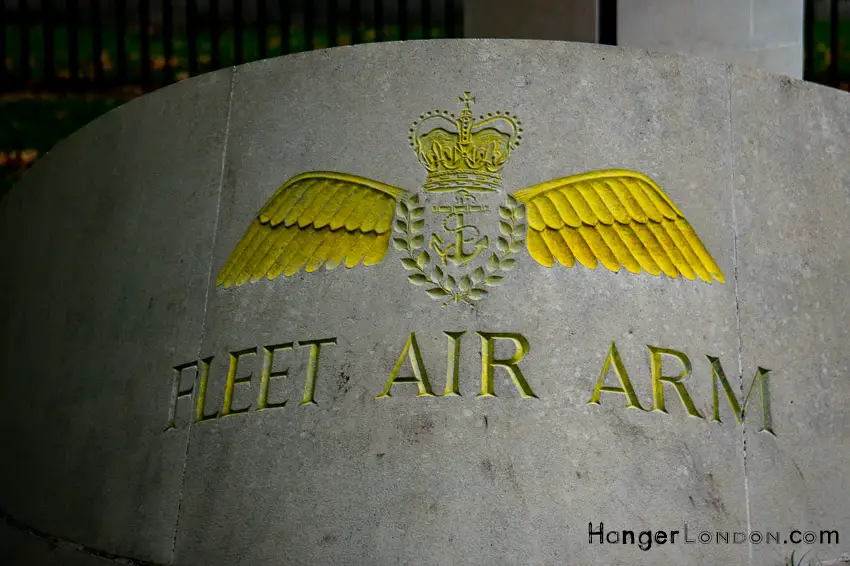
The Fleet Air Arm Memorial is located in a beautiful and historic part of London, with views out over the Thames and the surrounding area. It is a popular destination for tourists and history enthusiasts alike and is a fitting tribute to the men and women who served in the Fleet Air Arm and helped to shape the course of world events.
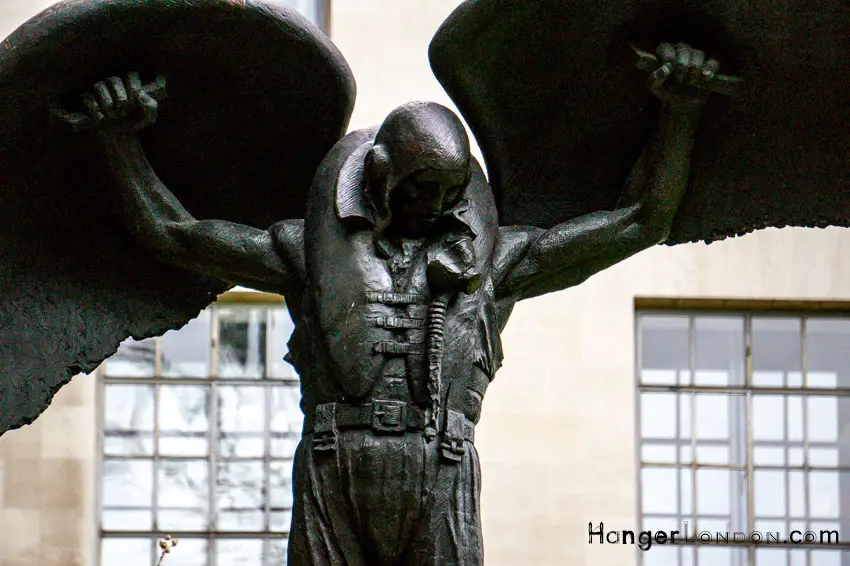
Fleet Air Arm Memorial Map – How to get there
Keith Park – Defender of London
The statue of Keith Park, located in Waterloo Place in London, stands as a powerful tribute to one of the most important figures in the history of the Royal Air Force. Known as the “Defender of London” and “Skipper” to his men, Park played a critical role in the Battle of Britain and helped to turn the tide of the war.
Park was an Air Marshal in the RAF and was appointed to the command of Fighter Command’s No. 11 Group in 1940, responsible for the defence of London and the South East of England. He was instrumental in developing the strategy that would ultimately prove successful in repelling the German Luftwaffe, and his leadership and determination were essential to the victory.

The statue of Park shows him in full military dress, gazing out over London with a determined expression on his face. The statue is a fitting tribute to a man who played such a critical role in defending the city during the war, and who helped to save countless lives through his leadership and bravery.
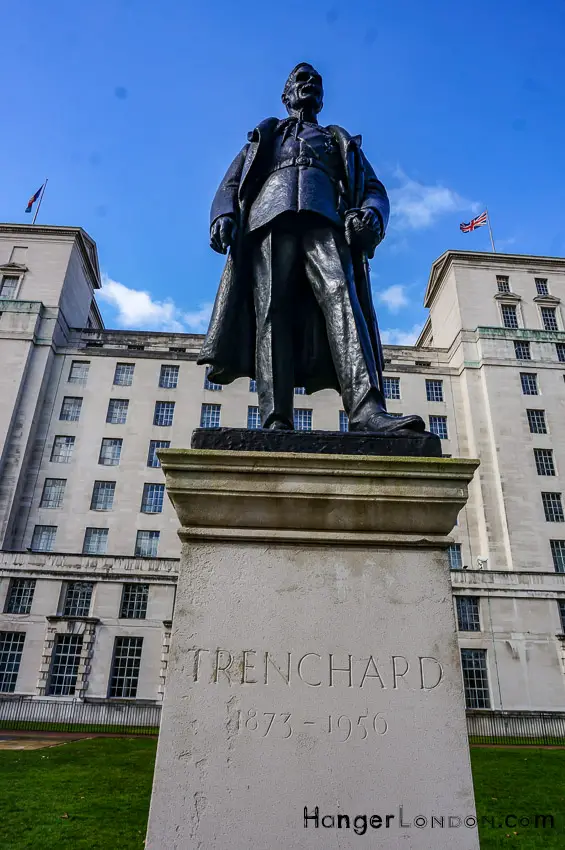
The Keith Park statue serves as a reminder of the importance of leadership and determination in times of crisis and stands as an inspiration to future generations of leaders and defenders. It is a must-see for anyone interested in the history of the Royal Air Force and the vital role that it played in the Second World War and is a fitting tribute to a true hero of the skies.
Keith Park Defender of London – Memorial Map – How to get there
Battle of Britain Memorial stained glass window at Westminster Abbey
The Battle of Britain Memorial stained glass window at Westminster Abbey is a stunning tribute to the brave men and women who fought and gave their lives in the skies over Britain during the summer and autumn of 1940. The window was commissioned by the Battle of Britain Fighter Association and unveiled in 1947.
The window depicts a beautiful scene of the angel of peace hovering over a group of pilots and ground crew, with a Spitfire and Hurricane flying in the background. The inscription reads, “In memory of the brave airmen of the Royal Air Force who gave their lives in the Battle of Britain, 10 July to 31 October 1940”.
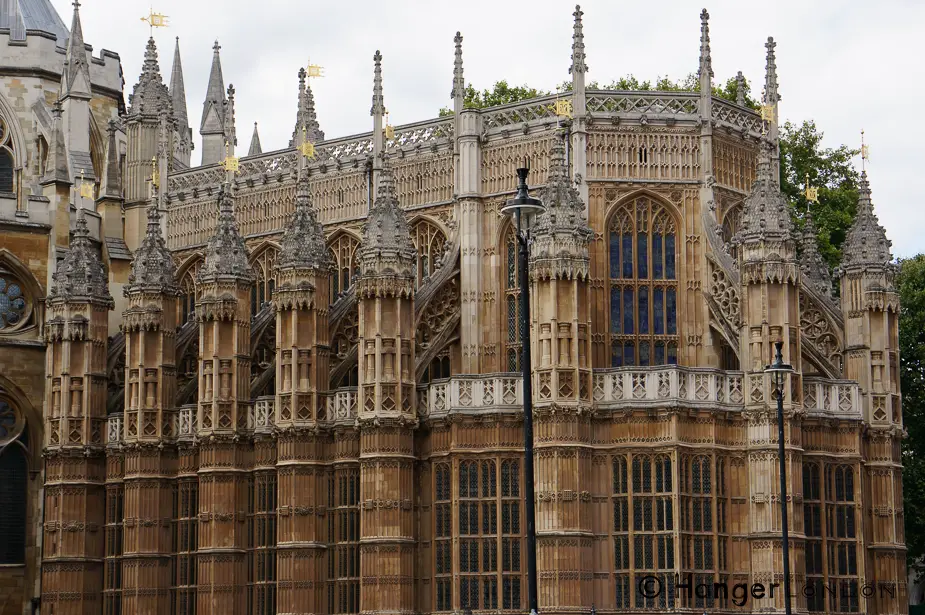
The window is a beautiful work of art, with vibrant colors and intricate details. It is a poignant reminder of the sacrifices made by those who fought to defend Britain’s skies during the Second World War, and a tribute to the courage and bravery of the pilots and ground crew who played such a critical role in the victory.
The window is located in the RAF Chapel at Westminster Abbey, which is dedicated to the men and women of the RAF who have given their lives in service to their country. The Chapel is a peaceful and solemn space, and the window is a fitting tribute to the memory of those who made the ultimate sacrifice.
The Battle of Britain Memorial stained glass window is a must-see for anyone interested in the history of the Second World War and is a beautiful reminder of the bravery and sacrifice of those who fought and died in defence of their country.
Details about the Battle of Britain Monument can be found on its own website




